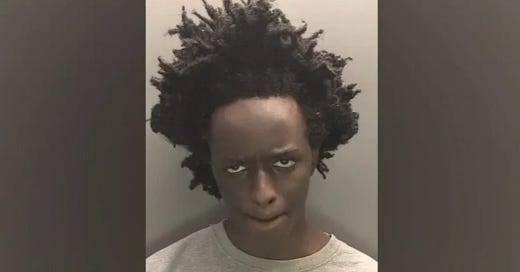Axel Rudakubana can expect to receive a sentence of indefinite detention at Liverpool Crown Court today. After serving the minimum term set by the judge, he will be released only if his continued detention is no longer considered necessary for the protection of the public.
After pleading guilty on Monday to three counts of murder and 10 attempted murders…
Keep reading with a 7-day free trial
Subscribe to A Lawyer Writes to keep reading this post and get 7 days of free access to the full post archives.



